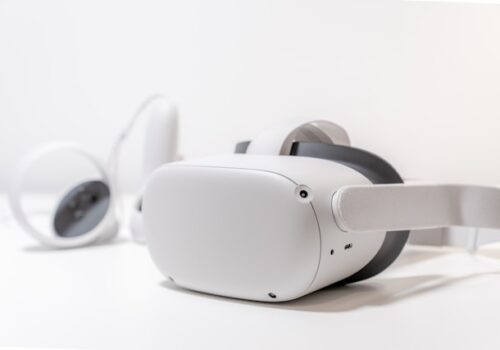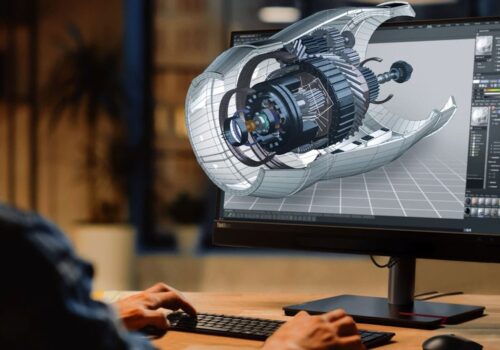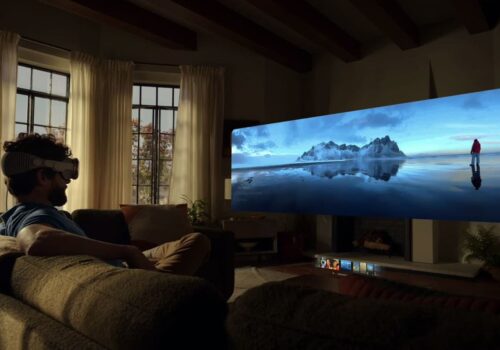Virtual Reality Applications
The scope of VR development is not limited to the entertainment industry. Virtual reality helps people of various professions learn to do their jobs faster and better, and serves as a tool for creativity. Therefore, people from various spheres are actively mastering the technology.
VR in the sphere of culture and art
The development of virtual reality applications is also a kind of creativity, because the new reality is created in the smallest detail by artists and designers. But even within the computer simulation, there are plenty of opportunities for creativity. For example, Tilt Brush invites users to create drawings and 3D graphics directly in virtual space. It’s fun, exciting, and very handy because the scale and detail is increased.
VR in architecture
For architects and designers, virtual reality is the most convenient space for creativity. After all, they can both work on a project and make spectacular and interesting presentations. For example, NVIDIA supports the work of several specialists in a team. By uploading a design to the software, architects can work together on a project using intuitive virtual tools. It also allows them to travel around inside a building project, creating a unique design based on the textures loaded in the library. Both large and small projects can be developed in VR.
VR in education
In the field of education, computer technology is being introduced as a tool to show interesting, engaging presentations. It is a great opportunity to involve more students and pupils into scientific activities. A prime example is the Hold the World program. Allowing you to walk through the world-famous Natural History Museum with a virtual replica of historian David Attenborough. The computer guide knows the stories about all the exhibits and will tell them if you stop near an object.
VR in the Entertainment Industry
The entertainment industry is the first thing that comes to mind at the mention of virtual reality. Today, the developers of a huge number of games allow gamers to touch their favorite universe and even fully immerse themselves in its world. Half-Life: Alyx game with perfect graphics and virtual reality support is already available to gamers. Fans of this universe will have a lot of interesting tasks, epic battles and other charms of the computer dimension worked out to the smallest detail. Development of VR-games – one of the most promising areas, as demand for them is very high.
VR in Industry
In the industrial sphere, virtual reality allows perfecting the technology of manufacturing parts without the use of real resources. This is a huge plus, as saving on the intermediate stages allows for the production of higher quality goods later on. NVIDIA makes it possible to create realistic prototypes of cars, machinery, and various production devices. It is convenient to work alone or with a team of colleagues in the simulation.
VR in Retail
Virtual reality and the sphere of trade are much more closely connected than it may seem at first sight. ShelfZone allows you to travel through a virtual store without leaving your own living room. Wearing special glasses, the user can walk between the shelves of the supermarket, find everything he needs, add to the cart and place an order. Products and other purchases will then be delivered to the specified address. It’s a very creative take on online shopping, capable of making any supermarket chain a great advertisement.
VR in the military complex
The main problem with the military complex is the difficulty of simulating different situations during exercises. For example, a hostage taking is unrealistic to replicate without the use of computer technology. The VR Combat Simulator generates a complex operation scenario, and exercise participants can interact with the objects inside the simulation without fear that real people will get hurt. This way of training soldiers reduces the risk of trauma during exercises, but does not affect the rate of development of shooting and camouflage skills.





